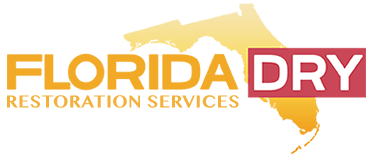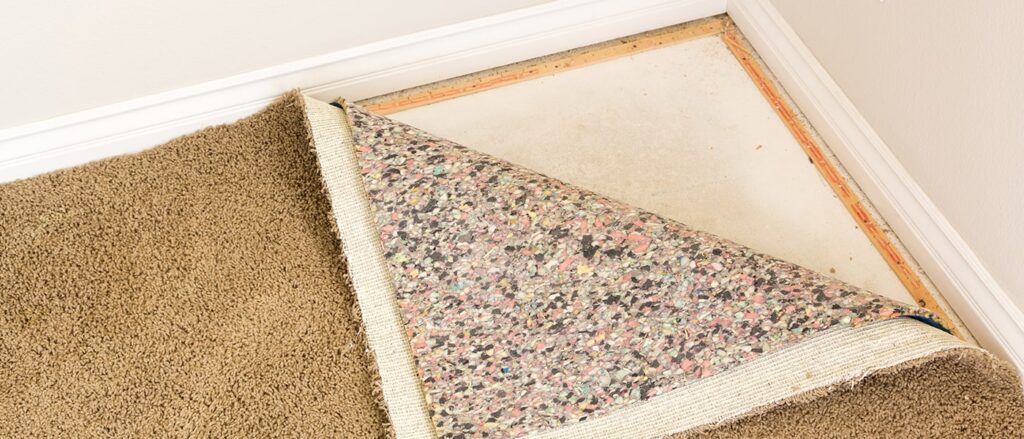If you have ever experienced in-home flooding or even just a big water mess from an overflowing sink, tub, or toilet— then you know how stressful the idea of wet carpet can be. When the carpet in your home becomes overly wet it can cause damage to the carpet, the padding, and it can even give life to mold and mildew. When you experience water damage in your home, it’s important to act quickly and contact a water damage restoration company immediately. In the meantime, there are steps that you can take to minimize the damage and even prevent carpet mold after flooding. Here’s what to do:
Remove Water Quickly
The longer water sits in your carpet, the higher the chances are of mold growing under the carpet and in the padding. Because of this, it’s important to act fast and remove as much water as you can — and quickly. This is the moment for all hands on deck as you rush to get enough dry towels, mops, and rubber brushes as possible and getting the excess water out of there. This may take a while and require the use of a water vacuum, but it is essential.
Invest in a Dehumidifier
Even when much of the water has been cleaned up, there may still be a lot of moisture left in the carpet or in the padding beneath it. This humidity can be the perfect conditions for mold and mildew to grow in. investing in a dehumidifier can be a great way to remove a lot of the excess moisture from the air and from the carpet.
Steam Clean and Sanitize the Carpets
Mold and mildew growth is essentially caused by bacteria and mold spores that thrive in damp conditions. In order to prevent the growth of mold in your carpet, it is important to steam clean and sanitize the carpet. The heat from the steam cleaning should kill any bacteria and mold spores that would spawn in those conditions.
Sanitize Walls and Floor Boards
When your home floods, it’s not just your carpet that is at risk of spawning mold and mildew. Wet floors usually mean wet floorboards and wet drywall as well. Be sure to dry any drywall and floorboards and go over them a few times with a household bleach like Clorox. If you notice that any spots on the wall are soft or soggy, be sure to let your Supreme Restoration team member know immediately so that we may take the necessary steps to restore your home after water damage.
Hire a Water Damage Clean up Service
It’s possible to prevent carpet mold after flooding on your own, but the only way to really be sure that your home does not experience mold or water damage is to have it professionally inspected. With mold remediation services from Supreme Restoration, your home will be completely free of any mold or mildew from water damage.

